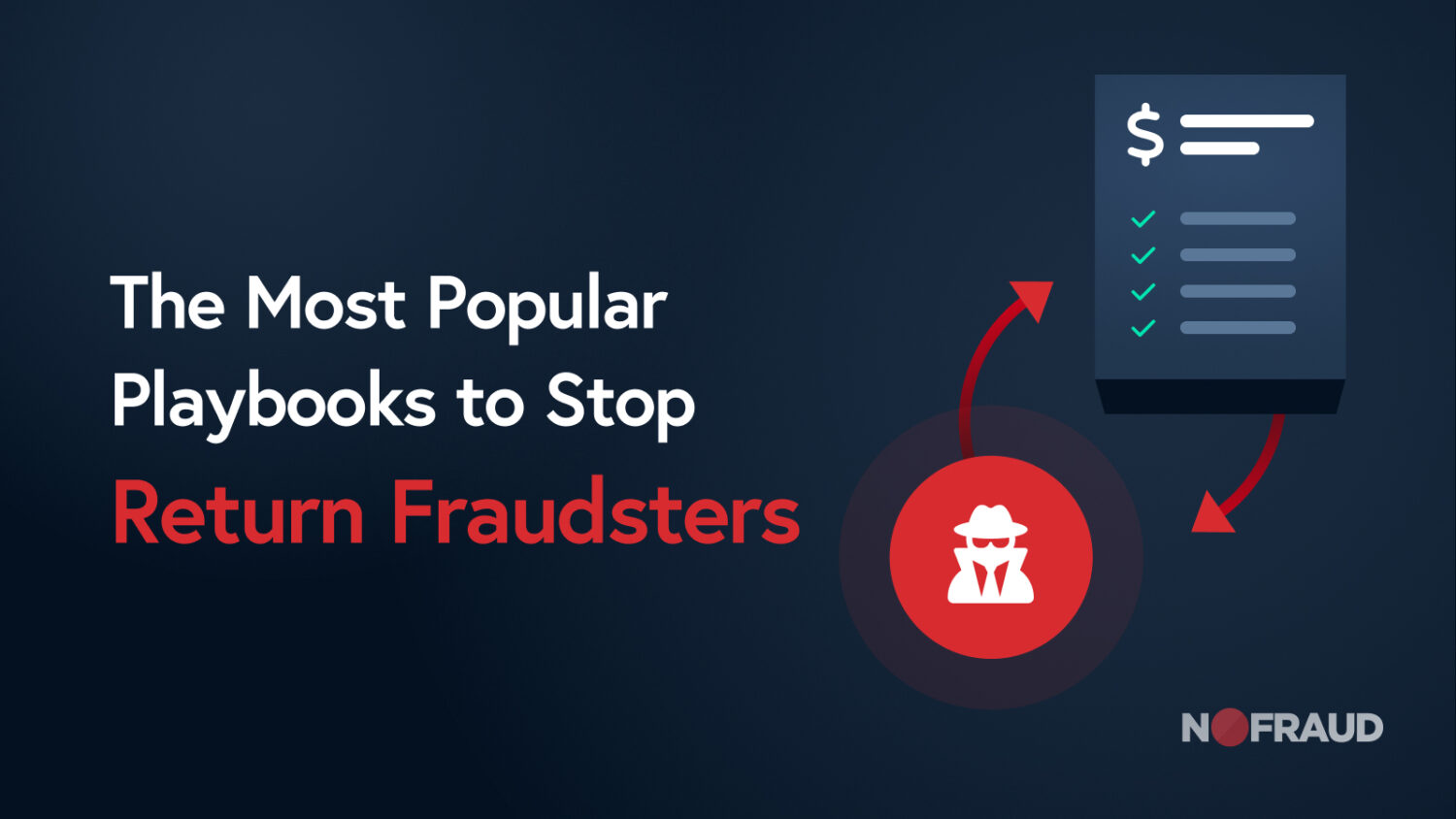The ecommerce industry continues to achieve year-over-year growth, making it increasingly critical for merchants to understand the significant impact of false declines on their bottom line.
Recent studies highlight that false declines can pose a greater threat than fraud itself. These erroneous rejections not only result in immediate lost sales but also damage customer satisfaction and loyalty. A PYMNTS report found that 47% of retailers believe false declines have a highly negative impact on customer satisfaction.
Moreover, the prevalence of false declines is significant. In 2024, 56% of U.S. consumers reported experiencing a false payment decline in the past three months, leading to frustration and potential loss of future business.
Addressing false declines is essential for maintaining customer trust and optimizing revenue. Implementing advanced fraud detection systems and collaborating with payment service providers can help balance security measures with a seamless customer experience, reducing the occurrence of false declines.
What Are False Declines?
To understand false declines, you need to understand what happens behind the scenes when online orders are placed.
Online transactions must pass through payment gateways that are set in place by companies. These gateways may contain filters at each step during the online order process, set up to try to detect fraud. Orders are not approved unless they pass gateway filters. If one of these filters indicates that an order is fraudulent, the order gets blocked by the system and cannot be placed by the consumer.
While these filters may do a fair job of detecting the most obvious fraud attempts, they often make mistakes. When a fraud filter flags and blocks legitimate transactions, this is called a false decline (or a false positive).
False declines are not usually accounted for in fraud losses because they can be tough to quantify. Many companies are unaware that many of their orders declined on fraud suspicion are actually from good customers. Yet, as many as 80% of declined transactions have been proven to be perfectly legitimate orders. This is costing companies money and repeat business.
How False Declines Happen
Since fraud filters use simple rules or algorithms that judge common characteristics of fraud as inputs, there are many reasons why a purchase can be declined.
Some typical reasons orders get declined include:
- If the location of the shopper is different than previous purchases
- The delivery address is different than the consumers billing address
- If the shopper requests the fastest shipping method
- Inconsistent order data – for example: if the zip code and city don’t match
- Larger than average order
- Multiple shipping addresses
- Multiple orders from many credit cards
- Missing card information
False declines are so common because companies are over-reliant on automation to screen their orders. For instance, there might be a legitimate reason why the customer’s billing address doesn’t match their shipping address. And companies who only rely on simple fraud filters are missing out on several diverse data sources that give you a much more complete picture of the transaction’s risk profile.
The Cost of False Declines
While false declines have an immediate impact on revenue due to canceled orders, the main cost of false declines is the long-term result of unhappy customers. After an experience with a false decline, dissatisfied customers tend to take their business elsewhere – perhaps never to return – and spread their poor experiences with others. But that’s not the only cost of fraud.
3 Major Ways False Declines Hurt Your Company
- More unhappy customers
- Less revenue generated
- Damaged Reputation
Unhappy Customers
Look at a false positive from the lens of a buyer: You spend hours researching a product online, comparing features, and reading reviews. Finally, you decide to buy the item at a trusted store, only to have your purchase blocked by the store. How would that make you feel about the company you had decided to trust?
From a customer’s perspective, a false decline can be unsettling. With 56% of consumers experiencing a false payment decline within the last 90 days, it isn’t just an inconvenience but embarrassing and aggravating. The impact on businesses is significant—32% of shoppers say they wouldn’t return to a merchant after experiencing a false decline, leading to long-term revenue loss and diminished customer loyalty.
Less Revenue Generated
In 2023, U.S. ecommerce firms were projected to lose $157 billion due to false declines, with $81 billion of that amount permanently lost despite recovery efforts.
Despite the substantial financial impact, only 33% of online retailers have implemented screening solutions to identify potential fraud as the cause of failed payments. This oversight represents a missed opportunity to minimize false declines and improve profitability.
Moreover, 47% of retailers agree that false declines have a highly negative impact on customer satisfaction, underscoring the importance of effective fraud management strategies.
Damaged Reputation
Negative customer experiences can have a significant impact on businesses. According to Zendesk’s Customer Experience Trends Report 2025, more than half of consumers will switch to a competitor after only one bad experience. Furthermore, 73% of consumers will switch to a competitor after multiple bad experiences. These dissatisfied customers often share their negative experiences, influencing potential future customers. In today’s digital age, such feedback spreads rapidly through social media, product reviews, and business review sites, shaping the decisions of prospective buyers.
How to Reduce False Declines
1. Stop Relying on Gateway Filters: Unfortunately, simple rules such as auto-declining orders with an AVS mismatch are not a smart way to manage fraud. In fact, at NoFraud, we find that about 90% of transactions with an AVS mismatch are accepted as good orders. If you’re relying only on gateway filters, you’re almost certainly being way too conservative in your approach.
2. Rely on Dedicated Fraud Analysts: In organizations where customer service representatives primarily manage fraud screening, you might have more false declines than expected. This is because most CSRs don’t have the expertise or incentives to take measured risks regarding fraud pass/fail decisions.
While it’s easy to determine which representative is responsible for approving an order that ended up being a chargeback, false declines are nearly impossible to track. Additionally, CSR performance is measured based on customer satisfaction, not on revenue or order approval rates. Therefore, most CSRs tend to be overly cautious, resulting in more false positives.
3. Choose the Right Partners: There’s a reason why full-service fraud prevention solutions are known to improve order approval rates. Fraud companies leverage diverse data sources and large customer networks that ecommerce businesses just don’t have access to. This results in far more accurate decisions than simple rules-based filters can provide.
At NoFraud, accurate decision-making is nothing short of an obsession. We know through experience that pushing order approval rates as high as possible requires a combination of powerful analytics, diversified data sources, AND expert review. While 99.5% of transactions are determined through advanced machine learning, NoFraud also automatically escalates all “grey” orders to seasoned fraud analysts. We call this Proactive Review, and it’s the reason why merchants who switch to NoFraud can cut their order declines in half.
False declines can be highly damaging to a company’s bottom line. With the continuous growth of the ecommerce industry, merchants need to realize how false declines happen, and more importantly, how they can prevent them.



